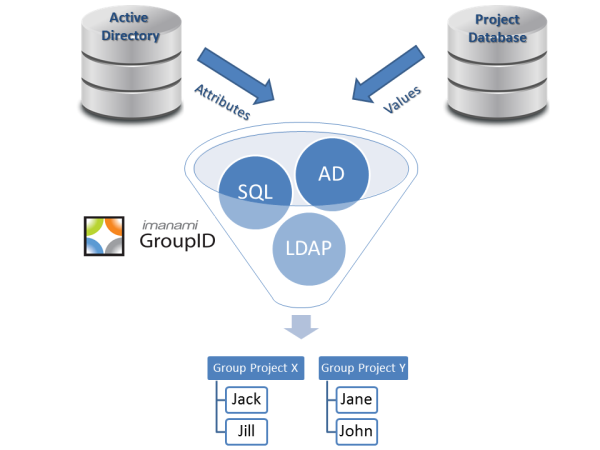We all know that the economy has cut IT staffing to the bone. While there seems to be some rebounding from the lows of last year, organizations are still running very lean.
Healthcare IT organizations are in a particularly difficult place. At the same time that their IT staff has been cut to meet shrinking budgets they are under ever increasing pressure to take on and execute more projects. Not only are they being tasked with implementing Electronic Health Records (EHR) with still undefined “meaningful use” but they may also be responsible for Computerized Physician Order Entry (CPOE), image management and new quality systems. At the same time they are being required to support the deluge of new hardware, software and devices showing up in the network without any warning.
And the news gets worse. Dr. David Blumenthal, the National Coordinator for Health IT sees the need for 50,000 healthcare IT workers, but no one seems to know where these folks are going to come from.
So, what is a forward thinking healthcare IT executive to do?
One answer is to do everything in your power to make sure that each minute of your current staff’s time is able to be dedicated to those projects which are going to add value to your organization. That means that everything else that can be automated or delegated should be looked at.
Where to start? Here are a few places that we have seen organizations recoup time and resources.
- Employee provisioning and de-provisioning – Provision your users into Active Directory, create email accounts and give them the correct roles and responsibilities. Not only does it eliminate manual tasks, but it improves security and compliance.
- Employee Self Service – By delegating certain updating responsibilities to your users you actually can increase accuracy while decreasing the amount of time that is spent to get it. Password reset and employees updating Active Directory with personal information are perfect examples!
- Database and Directory Synchronization – The healthcare setting has so many applications across so many systems that the more you can get them to talk to each other the less time your help desk will spend on it. That means more time your users can spend caring for patients or running the business that allows for improved patient care.
The best way to prepare for the upcoming challenges is to figure out even more ways to do more with fewer resources. Automatically!
Jonathan Blackwell
View ProfileSince 2012, Jonathan Blackwell, an engineer and innovator, has provided engineering leadership that has put GroupID at the forefront of group and user management for Active Directory and Azure AD environments. His experience in development, marketing, and sales allows Jonathan to fully understand the Identity market and how buyers think.

